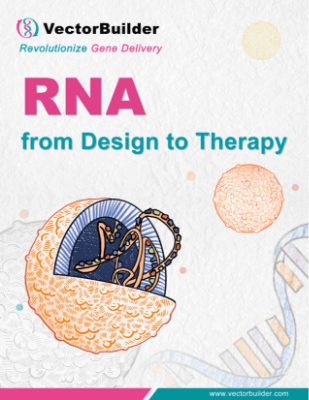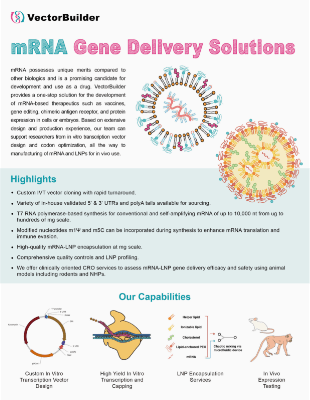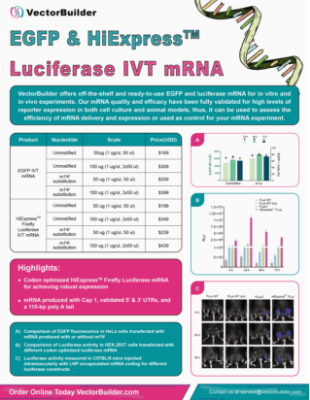IVT saRNA
Self-amplifying RNA (saRNA) has increased and prolonged expression than traditional mRNA due to its self-amplification capability. Such capability is achieved by incorporating viral sequences (that encode a replicase and replicon elements) in the RNA structure to allow RNA-dependent replication. As the dosing requirements for a robust immune response is far less for saRNA than mRNA, this technology is rapidly being adapted for the next generation of RNA vaccines and in addition, is a promising candidate for protein replacement. Sequence optimization and the production process for saRNA is similar to mRNA and VectorBuilder specializes in the design and production of high-quality saRNA for a variety of applications.
Talk to Our Experts
Highlights
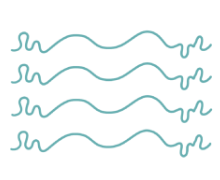
Royalty-free IVT backbone for saRNA production with no IP constraints for commercial use

As fast as 5 weeks from vector cloning
to LNP encapsulation
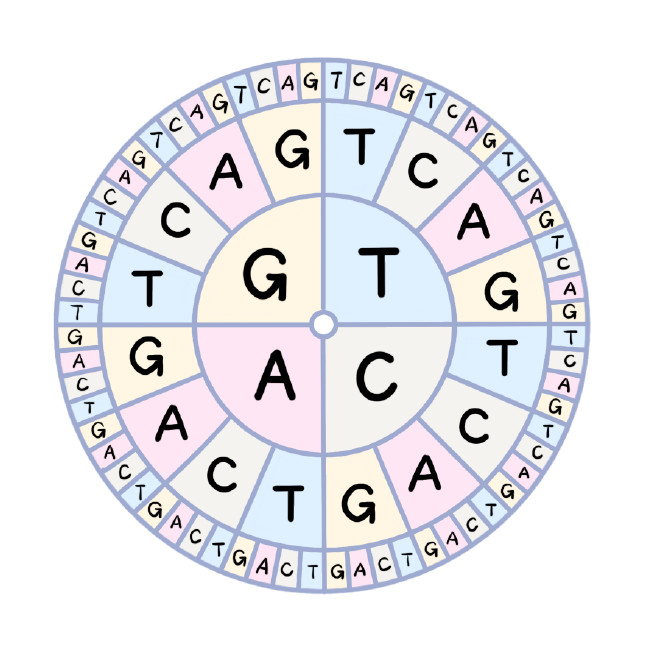
Proprietary sequence optimization for optimal expression

Expert design and production team specialized in optimizing your saRNA
for the highest expression, yields, and quality
Offering Details
- Premade saRNA products
- Therapeutic RNA Development: IVT vector design & cloning, IVT RNA production & purification.
- LNP Encapsulation: standard and custom formulations, antibody-conjugated LNP.
- CDMO Services: process development, GMP manufacturing, fill/finish.
Technical Information
Mechanism of saRNA replication
saRNA’s self-amplification capability relies on the replicase encoded from its first open reading frame. As illustrated in Figure 1 below, the nonstructural protein (nsP) genes, with sequence derived from the Alphavirus, are translated from the saRNA to form a polyprotein replication complex (replicase) which is responsible for RNA replication. Among them, nsP1 functions as the capping enzyme with methyltransferase and guanylyltransferase activities, while nsP2 possesses RNA helicase and triphosphatase activities. nsP3 mediates protein-protein interactions and nsP4 serves as an RNA-dependent RNA polymerase. The replicase complex synthesizes a full-length negative-sense RNA, acting as a template for downstream RNA replication. Additionally, conserved sequence elements (CSEs) and a subgenomic promoter (SGP) are utilized as 5′- and 3′-UTRs for the transgene enabling replicase mediated amplification and transcription of the transgene.
Due to the added size of the replicase gene, saRNA is often more difficult to produce in vitro than traditional mRNA. Therefore, it is critical to establish a robust production pipeline to ensure production of consistent high-quality saRNA. VectorBuilder has invested considerable R&D efforts into optimizing the saRNA production pipeline which can be adapted and customized to fit your project needs.
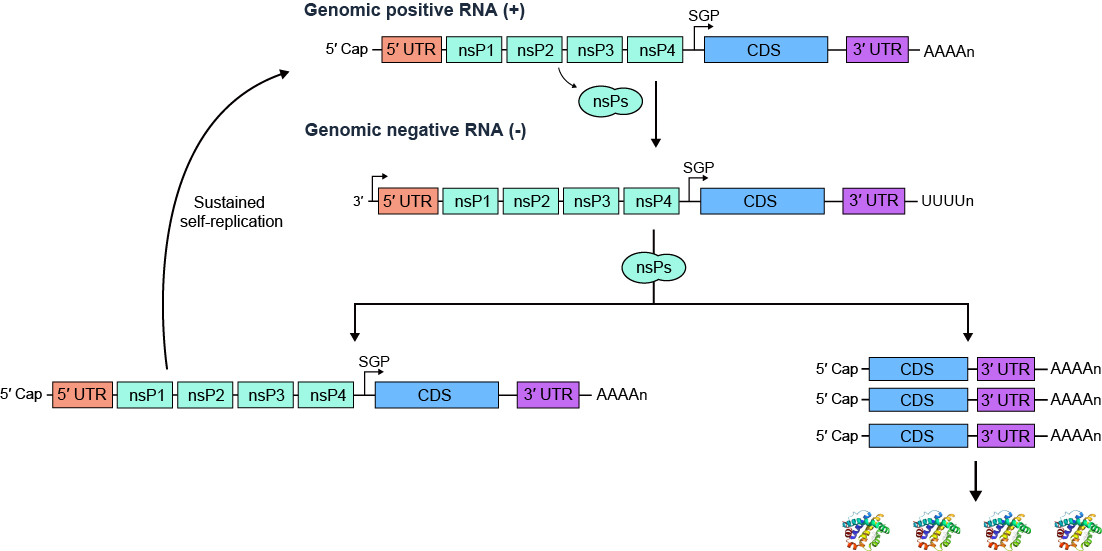
Figure 1. Mechanism of saRNA replication.
Experimental data

Figure 2. Comparison of EGFP expression in HEK293T cells after transfection with saRNA or traditional mRNA.
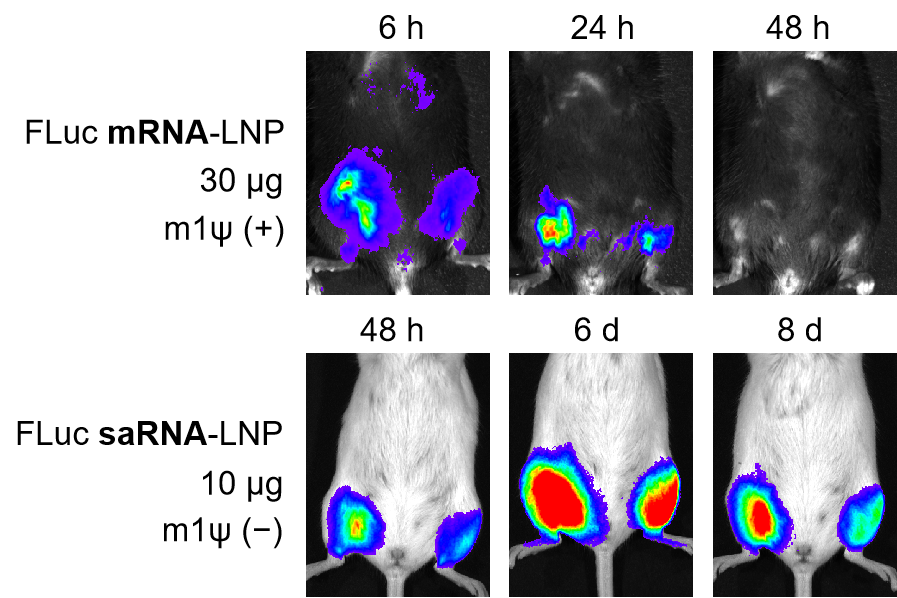
Figure 3. saRNA exhibits prolonged expression compared to standard mRNA in vivo. Expression of 30 ug of LNP-encapsulated firefly luciferase mRNA compared to 10 ug of its saRNA counterpart. Expression of traditional mRNA is no longer observed after 48 hours, whereas saRNA expression persists up to 8 days after intramuscular injection.
Comparison of different types of IVT RNA
| mRNA | circRNA | saRNA | |
|---|---|---|---|
| Structure | Linear; usually contains 5’ cap, 5’ UTR, ORF for GOI, 3’ UTR, and poly(A) tail | Circular; usually contains IRES and ORF for GOI | Linear; usually contains 5’ UTR, ORFs for replicase genes and GOI, 3’ UTR, and poly(A) tail |
| Cap | Requires 5’ Cap for stability and ribosome recruitment | No Cap; relies on IRES for ribosome recruitment | Requires 5’ Cap for stability and ribosome recruitment |
| RNA length (nt) | 100 ~ 10,000 | 1000 ~ 5000 | 7000 ~ 10,000 |
| Stability | Low | High | Low |
| Can modified nucleotides be added in production? | Yes | No | Yes |
| Expression level | Low | Medium | High |
| Expression duration | Short | Medium | Long |
| Immunogenicity | Low | Medium | High |
Documents
Brochures & Flyers User InstructionsCertificate of Analysis (COA)
Material Safety Data Sheet (MSDS)




